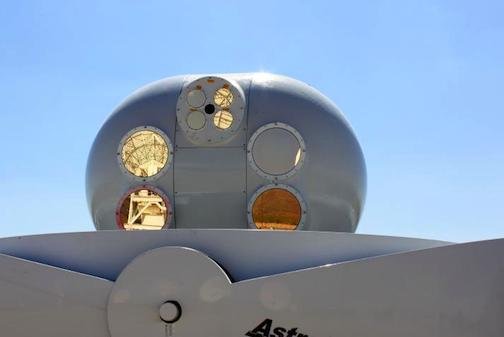WHITE SANDS, N.M., June 3 (UPI) -- The next astronaut to visit the moon will be able to check and send emails, and maybe even live tweet the whole experience. And even if the moon won't host live astronauts for some time, it now boasts wireless internet.
Researchers at NASA and MIT have managed to beam a Wi-Fi signal up the moon using telescopes and lasers. The signal is sent from a ground terminal at a NASA test facility in White Sands, New Mexico.















